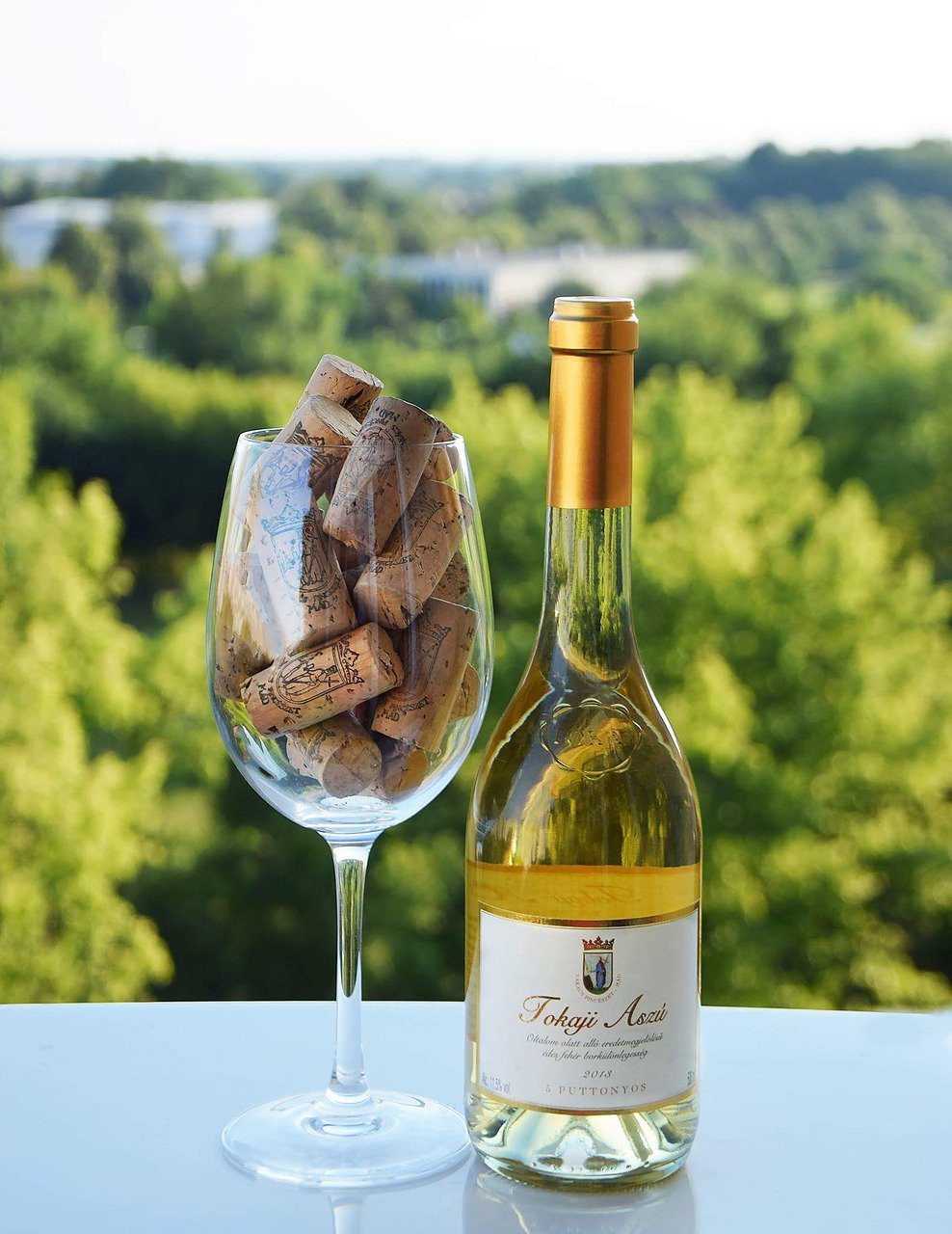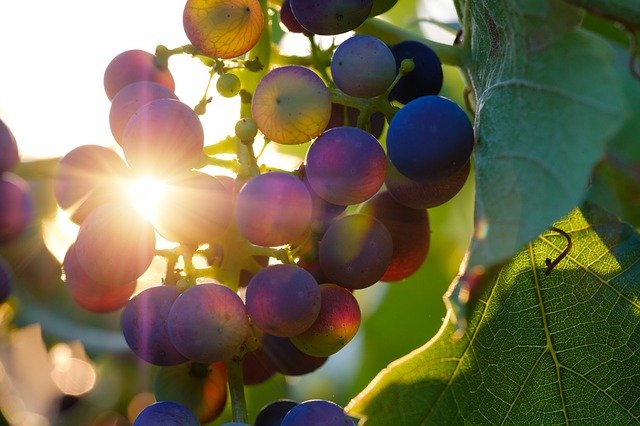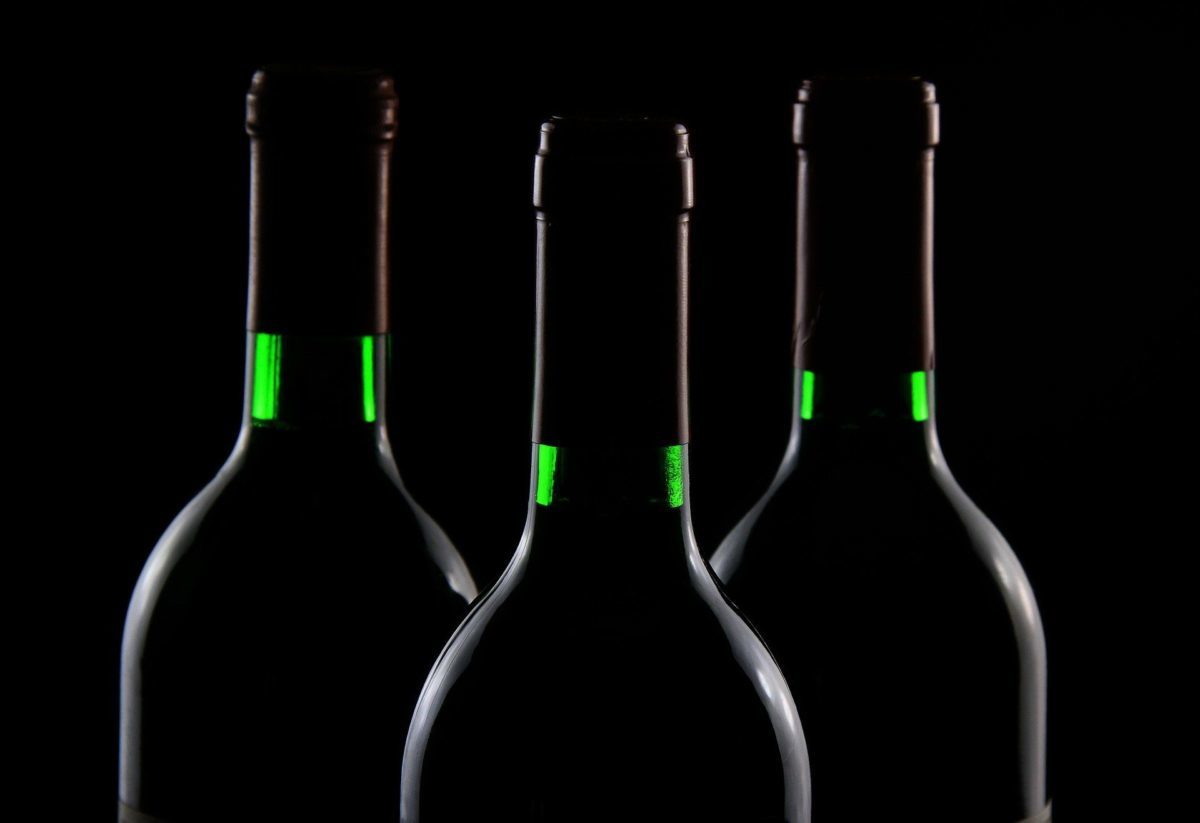Which is the king of wines and wine of kings? Discover the secret of the "noble rot" of Hungarian Tokaji. What makes it unique? Let's see it!
Tokayi: the king of wines and the wine of kings
This was the definition of Louis XIV. Tokaj is not a Japanese word. It refers to the wine of a region that has set the standard in oenology for centuries. More specifically, it is located north of Hungary. With a population of 5.000 inhabitants, this place has specialized in a class of five unique in the world. They stand out for their sweetness, although there are different unique grape varieties, each with its own flavor.
In fact, the production area was declared World Heritage Site on 2002 by UNESCO. However, it had already been recognized with a place of interest by royalty in 1759. The first Denomination of Origin! So, before getting into the subject of grapes, we must comment on their peculiar history. He was loved by both the nobility and artists across Europe. What's more, both Romanov as the French Bourbons had it among their favorites.
However, this changed with the advent of the communism in Hungary after the second world warhe. The government expropriated the vineyards to transform them into collective farms. He dictated from Budapest how production should be, emphasizing quantity over quality. In this way, without any incentive to make a good product, the Tokaji lost its essence. When the Berlin Wall fell, the vineyards were privatized and the country was opened up to the foreign investment. The vineyards flourished again according to what they were before. Since then they have struggled to gain a foothold in the world market.
Some classes
Tokaj Aszú
It is the most mythical because its origin is shrouded in legend. It is associated with the figure of the Hungarian Countess Susana Loantffy (1600-1660). She was the wife of Rákóczi I, Prince of Transylvania. She took care of his vineyards and went out of her way for them. Well, in the middle of that century the wars against the Ottomans caused the delay of the vintages. This, which favored the rot of the vintages became something positive.

El mushroom (botrytis cinerea) penetrates the grape, drying it and concentrating the sugars. Because of this, it was discovered that by mixing these grapes with fermenting wort A very intense wine is obtained with aromas reminiscent of honey, quince, anise... Its sweetness gave it a touch of mystery that is very difficult to define and obtain. The degree of rotten grapes, as in the rest of tokaji wines, is measured in puttony. the higher the level, the higher the proportion of "noble rot"«. We explain it below.
Esenszia Aszú
It is the jewel in the crown. Technically it is not a wine since the enormous concentration of sugar implies that the alcohol level does not exceed Five Grades. However, it is not cloying due to its acidity. This makes it one of the wines with the most personality and eloquence in the world, so it is not boring.
It is only made in exceptional vintages since it has a large proportion of botrytised grapes, attacked by the fungus. This makes fermentation difficult, so it is slow and lasts several years. Indeed, kings used to wait a hundred years to drink a bottle and they did it from a silver spoon.
dry wines
Normally they are relieved in the background when in reality they are excellent. They are called ordinarium and mention the grape variety with which they are made. So, we have grapes «Furmint», «Hárslevelu» y «Sárgamuskotály». The first is the most important grape since it represents 70% of the production. Thanks to its high levels of acidity and its aromatic potential, the furmint It is a perfect grape to make sweet wines when it is affected by “noble rot”.

On the other hand, the latter is capable of producing a full-bodied, golden dry wine, with an intense aroma of spices and elderflowers. As for the third we can say that they have a bouquet similar to yellow muscat. They are more suitable for the aperitif than for table wines.
szamorodni
Conclusion
Don't limit yourself to Spanish or Italian wines, for example. Many countries, previously unknown, offer top-level oenological gems. This is the case in places like Chile o Moldova. Now it is joined by Hungary, a country with amazing potential.







